1. Hildebrandt S. Lessons to be learned from the history of anatomical teaching in the United States: the example of the University of Michigan. Anat Sci Educ. 2010; 3:202–12.
2. Blaschko SD, Brooks HM, Dhuy SM, Charest-Shell C, Clayman RV, McDougall EM. Coordinated multiple cadaver use for minimally invasive surgical training. JSLS. 2007; 11:403–7.
3. Singal A, Bansal A, Chaudhary P. Cadaverless anatomy: darkness in the times of pandemic Covid-19. Morphologie. 2020; 104:147–50.
4. Iwanaga J, Loukas M, Dumont AS, Tubbs RS. A review of anatomy education during and after the COVID-19 pandemic: revisiting traditional and modern methods to achieve future innovation. Clin Anat. 2021; 34:108–14.
5. Reinholz M, French LE. Medical education and care in dermatology during the SARS-CoV2 pandemia: challenges and chances. J Eur Acad Dermatol Venereol. 2020; 34:e214–6.
6. Kim TE, Ganaway T, Harrison TK, Howard SK, Shum C, Kuo A, et al. Implementation of clinical practice changes by experienced anesthesiologists after simulation-based ultrasound-guided regional anesthesia training. Korean J Anesthesiol. 2017; 70:318–26.
7. Pourmand A, Davis S, Marchak A, Whiteside T, Sikka N. Virtual reality as a clinical tool for pain management. Curr Pain Headache Rep. 2018; 22:53.
8. Perez-Marcos D. Virtual reality experiences, embodiment, videogames and their dimensions in neurorehabilitation. J Neuroeng Rehabil. 2018; 15:113.
9. Bernardo A. Virtual reality and simulation in neurosurgical training. World Neurosurg. 2017; 106:1015–29.
10. Vozenilek J, Huff JS, Reznek M, Gordon JA. See one, do one, teach one: advanced technology in medical education. Acad Emerg Med. 2004; 11:1149–54.
11. Choi EJ, Go G, Han WK, Lee PB. Radiation exposure to the eyes and thyroid during C-arm fluoroscopy-guided cervical epidural injections is far below the safety limit. Korean J Pain. 2020; 33:73–80.
12. Kim TH, Hong SW, Woo NS, Kim HK, Kim JH. The radiation safety education and the pain physicians’ efforts to reduce radiation exposure. Korean J Pain. 2017; 30:104–15.
13. Huri G, Gülşen MR, Karmış EB, Karagüven D. Cadaver versus simulator based arthroscopic training in shoulder surgery. Turk J Med Sci. 2021; 51:1179–90.
14. Kim TE, Tsui BC. Simulation-based ultrasound-guided regional anesthesia curriculum for anesthesiology residents. Korean J Anesthesiol. 2019; 72:13–23.
15. Leland B. Lumbar transforaminal epidural steroid injection. In: Atlas of Image-guided Spinal Procedures. 2nd ed. Michael BF, Leland B, Issac C, editors. Amsterdam: Elsevier publishers;2018. p. 206–16.
16. Koh JC, Jang YK, Seong H, Lee KH, Jun S, Choi JB. Creation of a three-dimensional printed spine model for training in pain procedures. J Int Med Res. 2021; 49:3000605211053281.
17. Gonzalez-Cota A, Chiravuri S, Stansfield RB, Brummett CM, Hamstra SJ. The effect of bench model fidelity on fluoroscopy-guided transforaminal epidural injection training: a randomized control study. Reg Anesth Pain Med. 2013; 38:155–60.
18. Park J, MacRae H, Musselman LJ, Rossos P, Hamstra SJ, Wolman S, et al. Randomized controlled trial of virtual reality simulator training: transfer to live patients. Am J Surg. 2007; 194:205–11.
19. Reznick R, Regehr G, MacRae H, Martin J, McCulloch W. Testing technical skill via an innovative “bench station” examination. Am J Surg. 1997; 173:226–30.
20. Faul F, Erdfelder E, Lang AG, Buchner A. G*Power 3: a flexible statistical power analysis program for the social, behavioral, and biomedical sciences. Behav Res Methods. 2007; 39:175–91.
21. De Silva T, Punnoose J, Uneri A, Goerres J, Jacobson M, Ketcha MD, et al. C-arm positioning using virtual fluoroscopy for image-guided surgery. Proc SPIE Int Soc Opt Eng. 2017; 10135:101352K.
22. Sujar A, Meuleman A, Villard PF, Garcia M, Vidal F. gVirtualXRay: Virtual X-Ray Imaging Library on GPU. In: Computer Graphics & Visual Computing (CGVC) 2017 [Internet]. Eindhoven: The Eurographics Association; 2017 [cited 2022 Aug 6]. Available from
https://doi.org/10.2312/cgvc.20171279.
23. Moore CS, Liney GP, Beavis AW, Saunderson JR. A method to produce and validate a digitally reconstructed radiograph-based computer simulation for optimisation of chest radiographs acquired with a computed radiography imaging system. Br J Radiol. 2011; 84:890–902.
24. Pires F, Costa C, Dias P. On the use of virtual reality for medical imaging visualization. J Digit Imaging. 2021; 34:1034–48.
25. Bidgood WD Jr, Horii SC, Prior FW, Van Syckle DE. Understanding and using DICOM, the data interchange standard for biomedical imaging. J Am Med Inform Assoc. 1997; 4:199–212.
26. Guiral P, Pittet P, Grondin Y, Jalade P, Galvan JM, Lu GN, et al. Fan-beam based virtual fluoroscopy for navigated catheterization in interventional radiology. Stud Health Technol Inform. 2019; 264:74–8.
27. Hashemi M, Dadkhah P, Taheri M, Haji Seyed Abootorabi SM, Naderi-Nabi B. Ultrasound-guided lumbar transforaminal epidural injections; a single center fluoroscopic validation study. Bull Emerg Trauma. 2019; 7:251–5.
28. Manchikanti L, Knezevic NN, Navani A, Christo PJ, Limerick G, Calodney AK, et al. Epidural interventions in the management of chronic spinal pain: American Society of Interventional Pain Physicians (ASIPP) comprehensive evidence-based guidelines. Pain Physician. 2021; 24:S27–208.

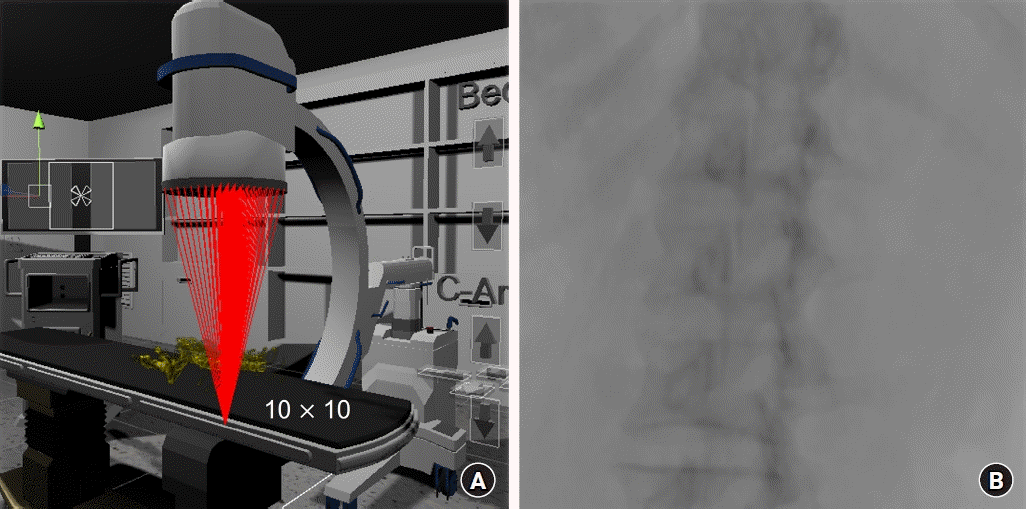
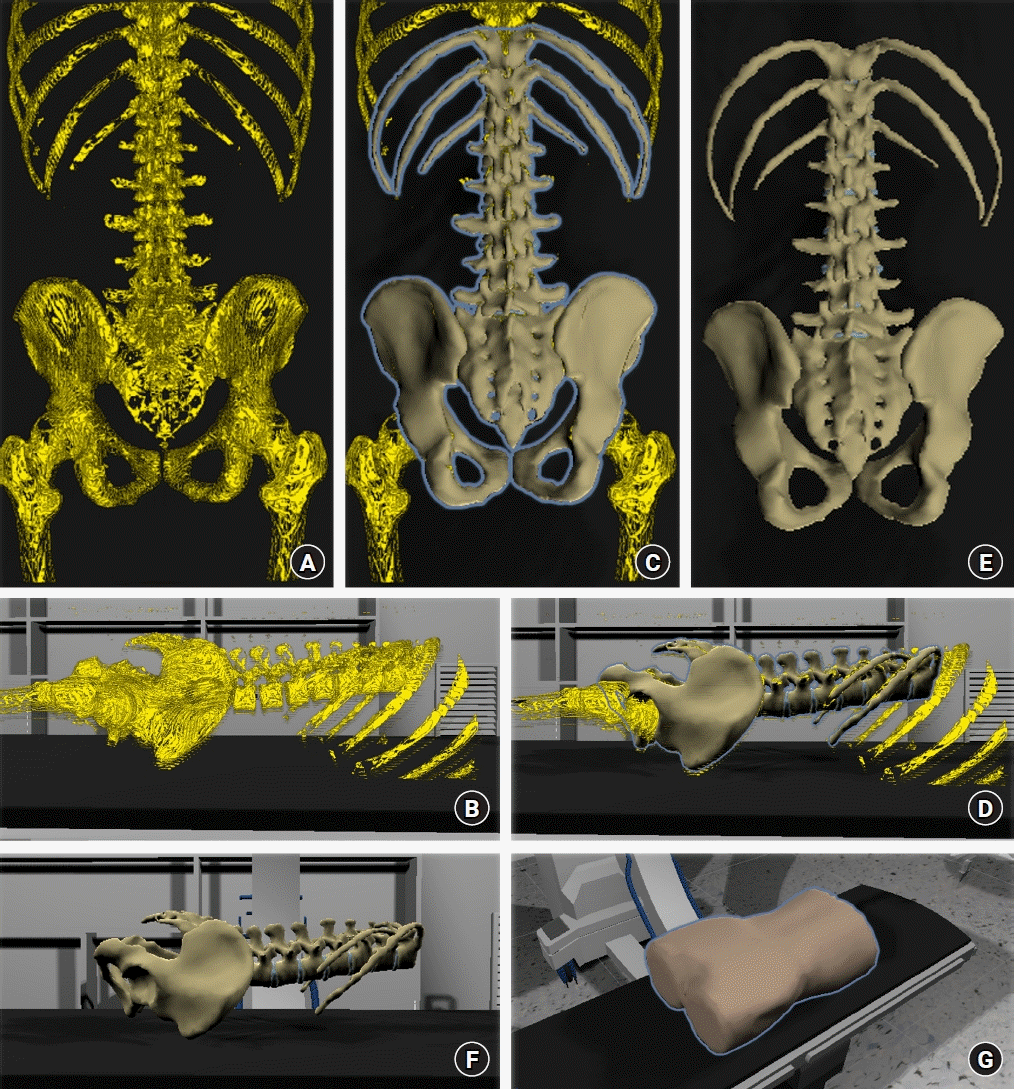
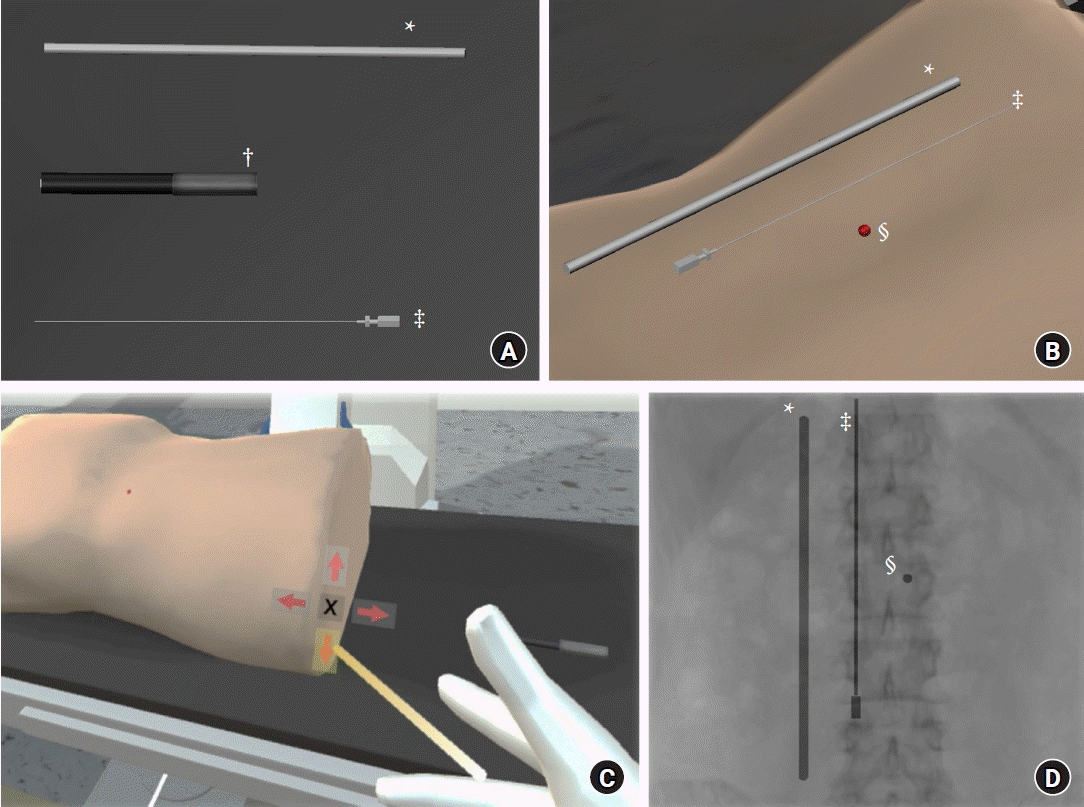
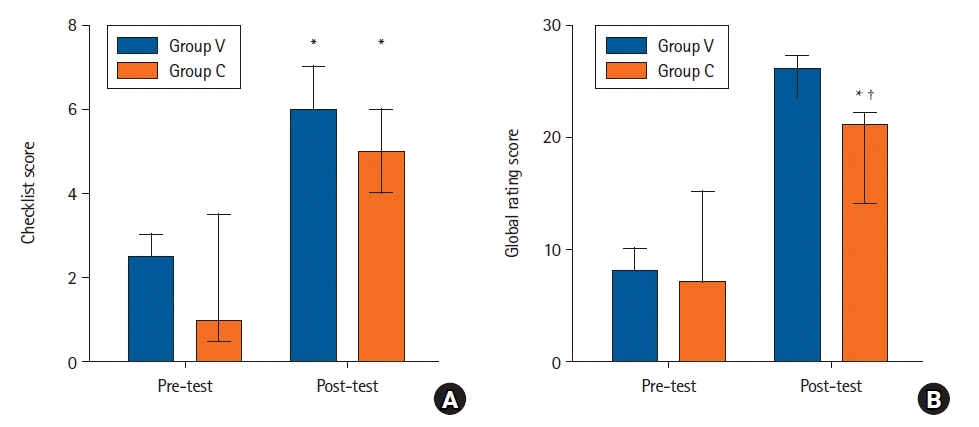




 PDF
PDF Citation
Citation Print
Print



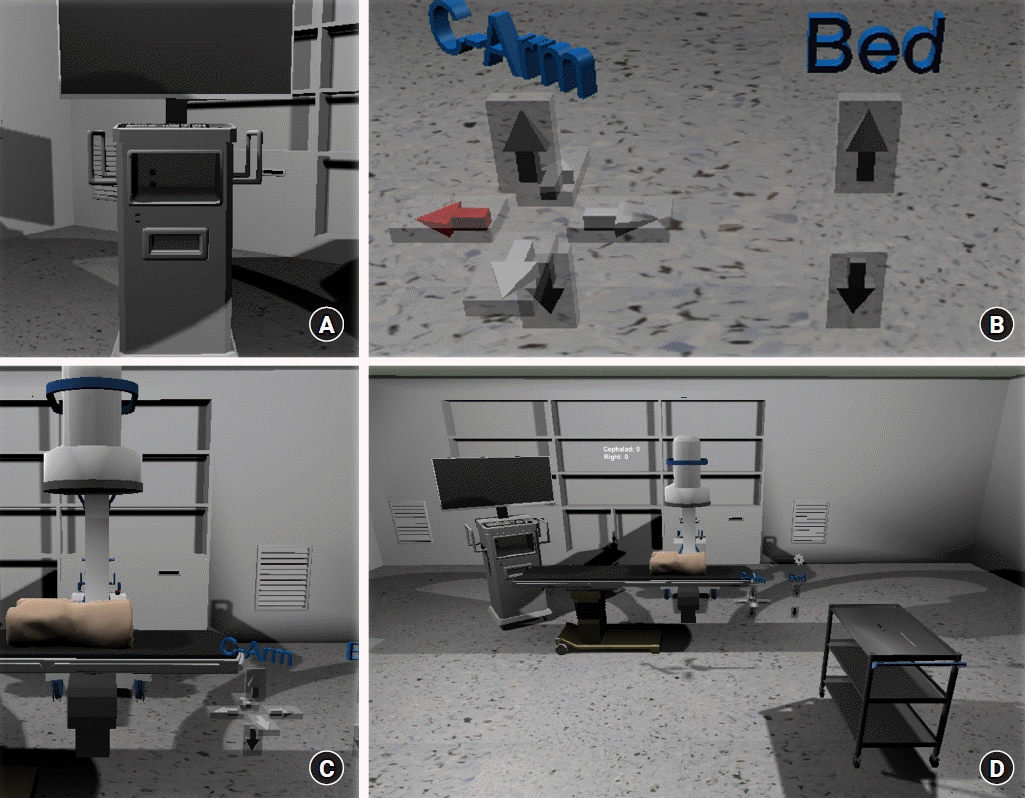
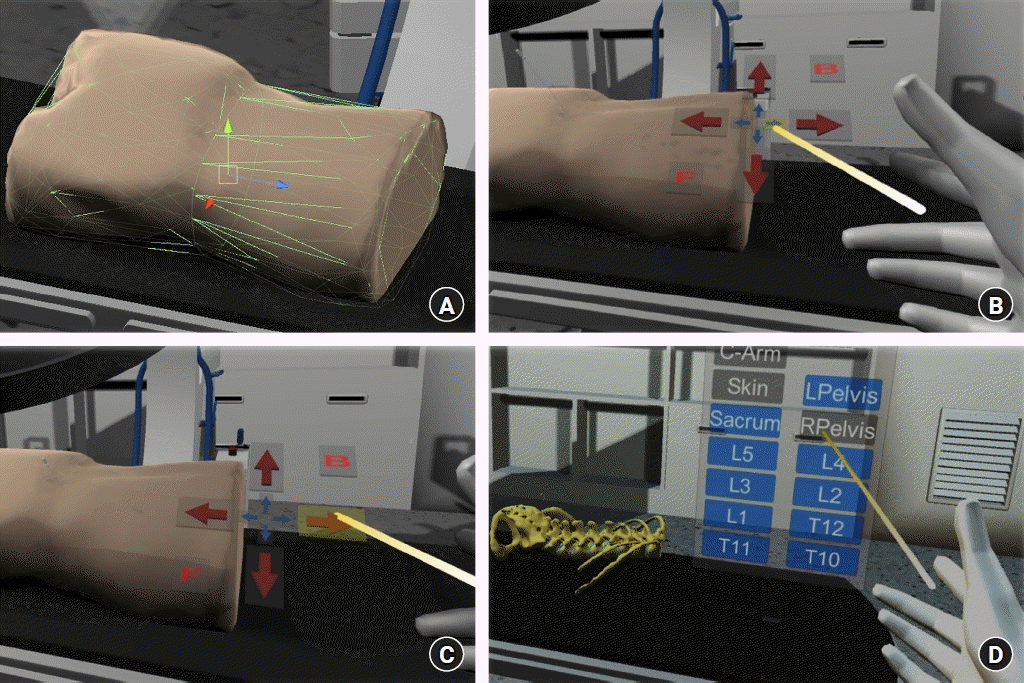


 XML Download
XML Download